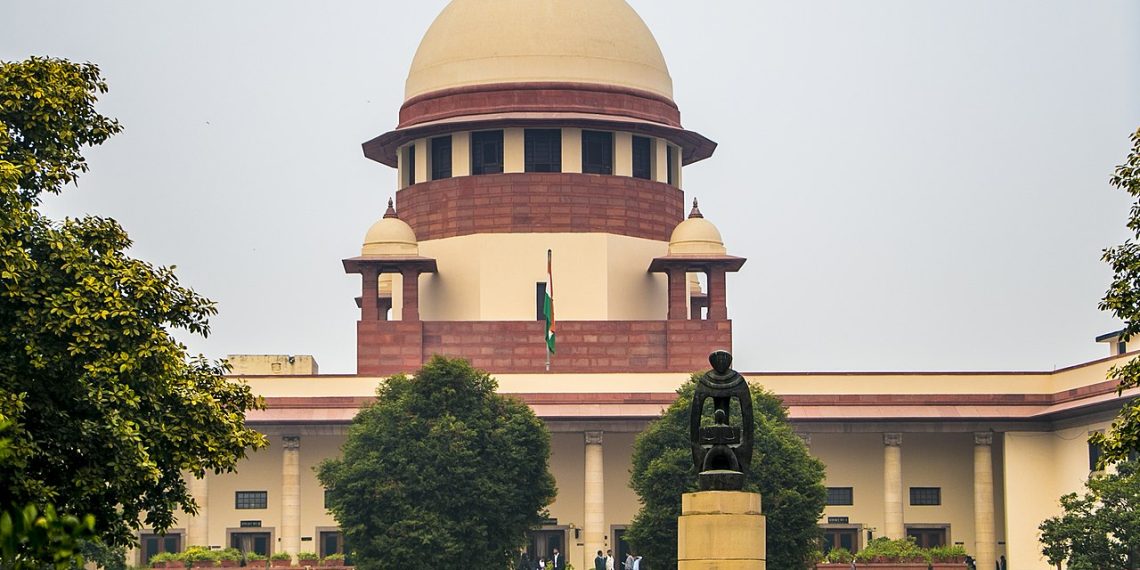The Supreme Courtroom of India Friday delivered its ruling whereby it held that the affinity take a look at isn’t a litmus take a look at to determine a caste identify and isn’t a necessary a part of the method of the willpower of the correctness of a caste/tribe identify in each case. The three-judge bench of Justice SK Kaul, AS Oka, and Manoj Misra had reserved its judgment in February after listening to the events’ contentions.
In India, for verification of scheduled caste (SC) or scheduled tribe (ST) certificates, a statutory physique referred to as the Scrutiny Committee was constituted. After acquiring the ST or SC certificates from a reliable authority, any particular person who desires to avail of its advantages or concessions can apply to the related Scrutiny Committee to confirm the such certificates and subject a validity certificates. Whereas a “vigilance cell” is permitted to research ST or SC claims by verifying and accumulating all of the details of the social standing claimed by the candidate or their guardian or guardian, the affinity take a look at is used to find out about particular person’s data about deities of the group, customs, rituals, mode of marriage, loss of life ceremonies, and so forth. in respect to that exact SC or ST declare.
In 2009, the Bombay Excessive Courtroom within the case of Shilpa Vishnu Thakur v. State of Maharashtra held that the affinity take a look at is an integral a part of figuring out the correctness of the caste declare. Thereafter, the Supreme Courtroom delivered two conflicting rulings whereby in one case it held that if a candidate fails the affinity take a look at at any stage, a caste validity certificates can’t be granted to him. In another case, the Supreme Courtroom held that the affinity take a look at isn’t the one criterion for deciding a caste declare primarily based on a caste certificates issued by a Competent Authority. Thus, to deal with conflicting rulings, the matter was referred to the bigger bench of the Supreme Courtroom to determine on the query of “whether or not paramount significance must be given to the affinity take a look at whereas adjudicating upon a caste declare on the idea of a caste certificates issued by a Competent Authority.”
The petitioner on this case contended that the affinity take a look at performed within the caste willpower course of is simply a corroborative train and isn’t the sine qua non for caste evaluation. It was additional contended that the affinity take a look at isn’t a litmus take a look at, at greatest it might complement the documentary proof, however by no means supplant it. The state however contended that the affinity take a look at shouldn’t be made solely a corroborative train. It was contended that the Scrutiny Committee must be given some discretion in rejecting or accepting the caste certificates.
The Courtroom in its ruling held that solely when the Scrutiny Committee after holding an inquiry isn’t glad with the fabric produced by the applicant, the case may be referred to a vigilance cell. Additional, the Courtroom noticed that whereas directing the case to the vigilance cell, the Scrutiny Committee should report transient causes for coming to the conclusion that it isn’t glad with the fabric produced by the applicant. Subsequently, solely after a case is referred to the vigilance cell for making an inquiry, an event for the conduct of an affinity take a look at will come up.







